Description
Mark Twain – Life Science Quest for Middle Grades Workbook – Grades 6–8
Table of Contents
- Introduction
- Who is Mark Twain?
- Mark Twain’s Early Life
- Mark Twain’s Career as an Author
- Mark Twain’s Literary Works
- Mark Twain’s Contribution to American Literature
- Mark Twain’s Impact on Middle Grades Education
- Life Science Quest for Middle Grades Workbook – Grades 6–8
- Life Science Quest: Features of the Workbook
- How the Workbook Enhances Learning
- Benefits of Incorporating Mark Twain’s Work into Education
- Conclusion
- FAQs
- Get Access Now
Introduction
In the realm of American literature, one name shines bright – Mark Twain. Known for his wit, humor, and insightful commentary on society, Mark Twain is considered one of the greatest American writers of all time. Beyond his literary achievements, Mark Twain’s influence extends into the realm of education, particularly for middle-grade students. This article delves into the life and works of Mark Twain and explores the significance of the Life Science Quest for Middle Grades Workbook – Grades 6–8, which incorporates his literary legacy into the field of science education.
Who is Mark Twain?
Mark Twain, born Samuel Langhorne Clemens on November 30, 1835, was an American author, humorist, and lecturer. He adopted the pen name “Mark Twain” during his career, which became synonymous with his distinctive writing style. Twain’s works often depicted ordinary American life with a blend of humor, satire, and social commentary. His notable contributions to literature include “The Adventures of Tom Sawyer,” “Adventures of Huckleberry Finn,” and “The Prince and the Pauper.”
Mark Twain’s Early Life
Mark Twain spent his formative years in the town of Hannibal, Missouri, which provided inspiration for the fictional town of St. Petersburg in his novels. Growing up along the Mississippi River, Twain developed a deep fascination with the river and the steamboats that navigated it. This fascination later found its way into his writings.
Mark Twain’s Career as an Author
Twain’s writing career took off with the publication of “The Celebrated Jumping Frog of Calaveras County” in 1865, a humorous short story that gained widespread popularity. His subsequent novels, including “The Adventures of Tom Sawyer” and “Adventures of Huckleberry Finn,” propelled him to literary stardom. Twain’s writing style captivated readers with its authentic dialogue and vivid descriptions, showcasing his keen observations of human nature.
Mark Twain’s Literary Works
Mark Twain’s literary works encompassed a diverse range of genres, including novels, short stories, travelogues, and essays. His novels, such as “The Adventures of Tom Sawyer” and “Adventures of Huckleberry Finn,” captured the essence of American childhood and addressed important social issues of the time. Twain’s wit and satire were evident in his essays, which often critiqued political and societal norms.
Mark Twain’s Contribution to American Literature
Mark Twain’s contribution to American literature cannot be overstated. Through his works, he painted a vivid picture of life in 19th-century America, highlighting both its virtues and flaws. Twain’s writing challenged societal norms and sparked discussions about race, morality, and the human condition. His works continue to be studied and celebrated for their literary merit and profound insights into the American experience.
Mark Twain’s Impact on Middle Grades Education
Mark Twain’s literary works have found a significant place in middle grades education. His relatable characters, engaging narratives, and timeless themes resonate with young readers, fostering a love for literature and critical thinking. Educators have recognized the value of incorporating Twain’s work into the curriculum to enhance students’ reading comprehension, analytical skills, and understanding of social issues.
Life Science Quest for Middle Grades Workbook – Grades 6–8
The Life Science Quest for Middle Grades Workbook – Grades 6–8 is a unique educational resource that combines the captivating storytelling of Mark Twain with the fascinating world of life science. This workbook offers a comprehensive and interactive approach to teaching life science concepts to middle-grade students, making the learning experience both engaging and effective.
Life Science Quest: Features of the Workbook
The Life Science Quest for Middle Grades Workbook – Grades 6–8 presents the intricate concepts of life science through a series of thought-provoking activities, exercises, and experiments. The workbook covers a wide range of topics, including cellular structure, genetics, ecology, and human anatomy. Each chapter incorporates Mark Twain’s literary excerpts, providing context and fostering a deeper understanding of the subject matter.
How the Workbook Enhances Learning
By integrating Mark Twain’s writings into the life science curriculum, the workbook offers a multidisciplinary approach to education. Students not only gain a solid foundation in life science but also develop critical reading and analytical skills. The workbook encourages students to think creatively, make connections between literature and science, and apply their knowledge to real-world scenarios.
Benefits of Incorporating Mark Twain’s Work into Education
Incorporating Mark Twain’s work into middle grades education yields numerous benefits. First and foremost, it cultivates a love for reading and literature among students, making the learning process enjoyable and engaging. The integration of literature into science education also enhances students’ comprehension and retention of scientific concepts, as they are presented within the context of compelling narratives. Furthermore, it encourages students to think critically and explore the moral and ethical dimensions of scientific advancements.
Conclusion
Mark Twain’s influence transcends the realm of literature and extends into the field of education. His insightful observations of society, paired with his mastery of storytelling, continue to captivate readers of all ages. The Life Science Quest for Middle Grades Workbook – Grades 6–8 harnesses the power of Twain’s literary legacy to enhance the learning experience for middle-grade students, bridging the gap between science and humanities. By integrating literature and science, this workbook equips students with a well-rounded education that fosters critical thinking, creativity, and a lifelong love for learning.
FAQs
- How can Mark Twain’s work benefit middle-grade students?
- Mark Twain’s work benefits middle-grade students by fostering a love for literature, improving reading comprehension, and promoting critical thinking skills.
- What subjects are covered in the Life Science Quest for Middle Grades Workbook?
- The Life Science Quest for Middle Grades Workbook covers topics such as cellular structure, genetics, ecology, and human anatomy.
- How does the workbook incorporate Mark Twain’s writings?
- The workbook incorporates Mark Twain’s writings by including excerpts from his literary works that provide context and enhance understanding of life science concepts.
- What are the advantages of integrating literature into science education?
- Integrating literature into science education enhances students’ comprehension and retention of scientific concepts, encourages critical thinking, and explores the moral and ethical dimensions of science.
- Where can I get access to the Life Science Quest for Middle Grades Workbook?
- To access the Life Science Quest for Middle Grades Workbook, visit this link.


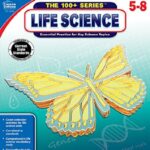
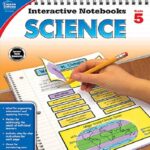





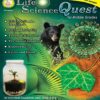
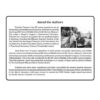
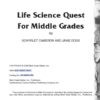
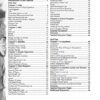
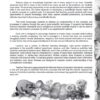
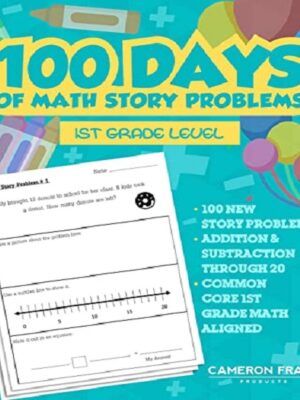



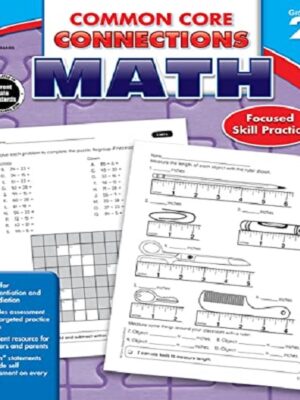
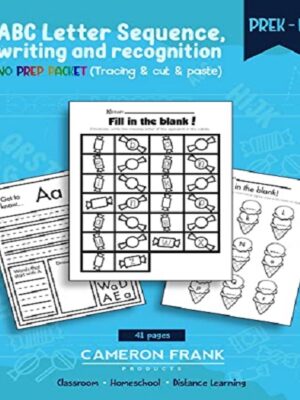
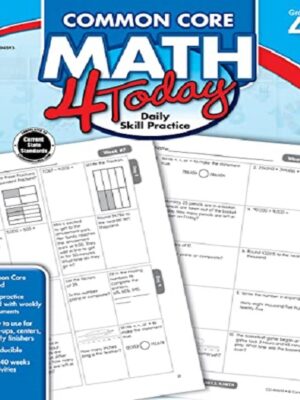
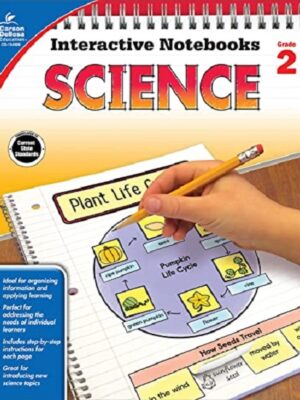





Reviews
There are no reviews yet.